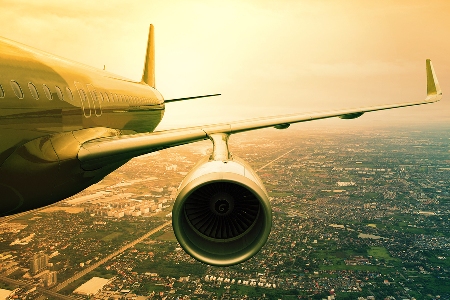The lower Australian dollar is favourably impacting Australia's vast and diverse tourism industry; overseas arrivals numbers are on the increase, there's a boost in tourism sector employment, and it's also assisting the economy as it moves out of the mining investment boom.
As many anticipate that the Australian dollar will continue to decline in the year ahead, the outlook for Australian tourism is expected to improve even more.
CBA economist, Gareth Aird produced a report examining the impact of the declining Australian dollar on Australia's tourism sector. Aird notes that the falling dollar will boost the tourism industry in two large ways: by encouraging international visitors to Australia due to the lower cost of their trip, and; making a domestic holiday more enticing for Australians because the cost to go overseas is also on the increase.
Current data still shows that the number of Aussies heading overseas still outnumbers international visitors, but this trend is now appearing to swap places and move in the other direction. And this is good news for the Australian tourism sector.
Besides Australians choosing to holiday in their own backyards, where will our international visitors most likely come from? According to Aird's data, international arrivals from China will continue to be a major growth area.
"Tourists from Asia, and in particular tourists from China, are the major growth area for Australian tourism exports. In 2014/15, the number of short-term arrivals from China to Australia rose to 935k (compared with 770k in 2013/14).
"If current trends are maintained, one million Chinese residents will holiday in Australia in 2016. In our view, this is likely to happen.
"The number of holidaymakers from China was already rising steadily when the AUD was elevated. This was partly the result of rising Chinese household income which has generated a resultant lift in tourism-related consumption.
"Some softening around travel controls over Chinese residents also helped. The lower level of the AUD will simply serve to act as a tailwind on the growth in tourists from China," he said.
Aird's research has also suggested that a lower AUD may also encourage inbound tourism from the United Kingdom and the United States.
"The lower AUD (and stronger GBP and USD) will see tourists to Australia from both the UK and USA lift. This has already started to happen with the number of tourists from the UK and USA rising on the back of stronger currencies against the AUD," Aird said.
And according to Aird, each state and territory is set to benefit, particularly New South Wales and Queensland; both of these states have a tourism specialisation ratio that is greater than 12. The Barrier Reef is a major tourist drawcard, and Sydney Harbour continues to be perceived as an iconic must-see destination.
Data has revealed that this benefit is well underway, with the average spend in Australian restaurants, cafes and hotels on the increase; "it shows that since the AUD started heading lower, real spending on hotels, restaurants and cafes has lifted considerably," said Aird.
"The lift in QLD, in particular, is significant and illustrates the positive impact that a lower AUD has had on the tourism industry.
"We expect this trend to continue."
The increase in tourist numbers, along with tourism-related expenditure is also likely to boost capital expenditure across the entire tourism sector. Aird notes that in 2014, Australia's tourism investment pipeline grew by around 8.7 per cent to $53.7 billion.



